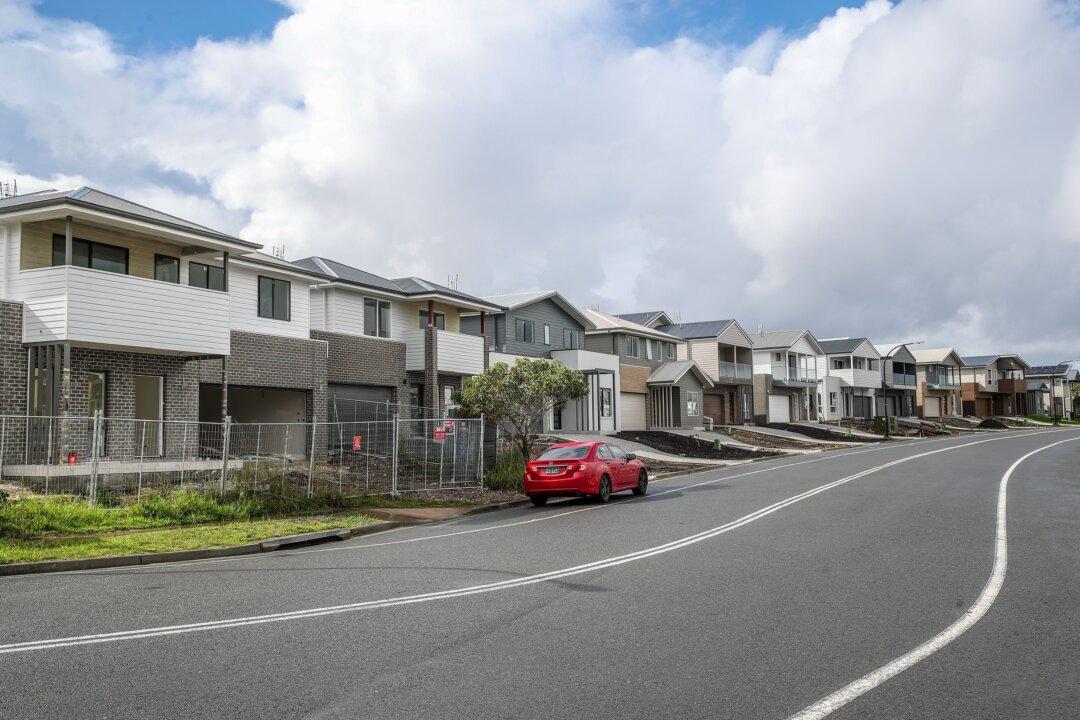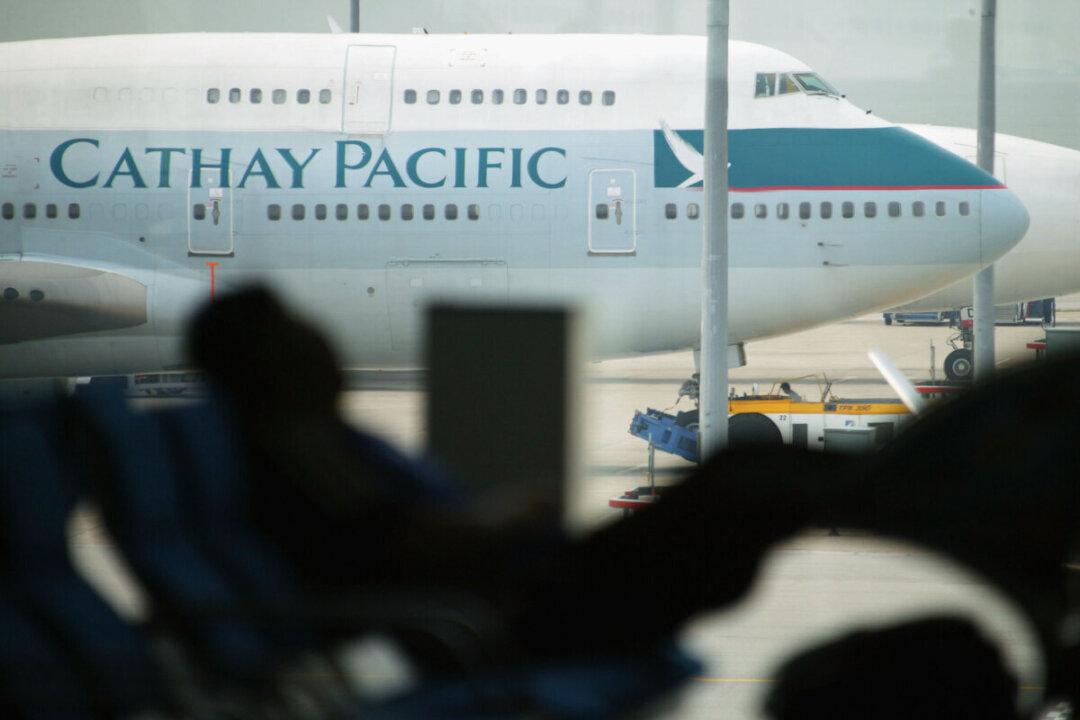Over two-thirds of Australians are being impacted by natural disasters, thus the country needs to significantly improve its infrastructure with the effects of climate change in mind, according to an analysis by consulting giant KPMG.
Around 18 million or 70 percent of Australians were living in local government areas (LGA) impacted by at least one natural disaster in 2022, according to KPMG’s analysis. Meanwhile, almost one-third of Australians were living in an LGA impacted by the bushfires from 2019 to 2020.




